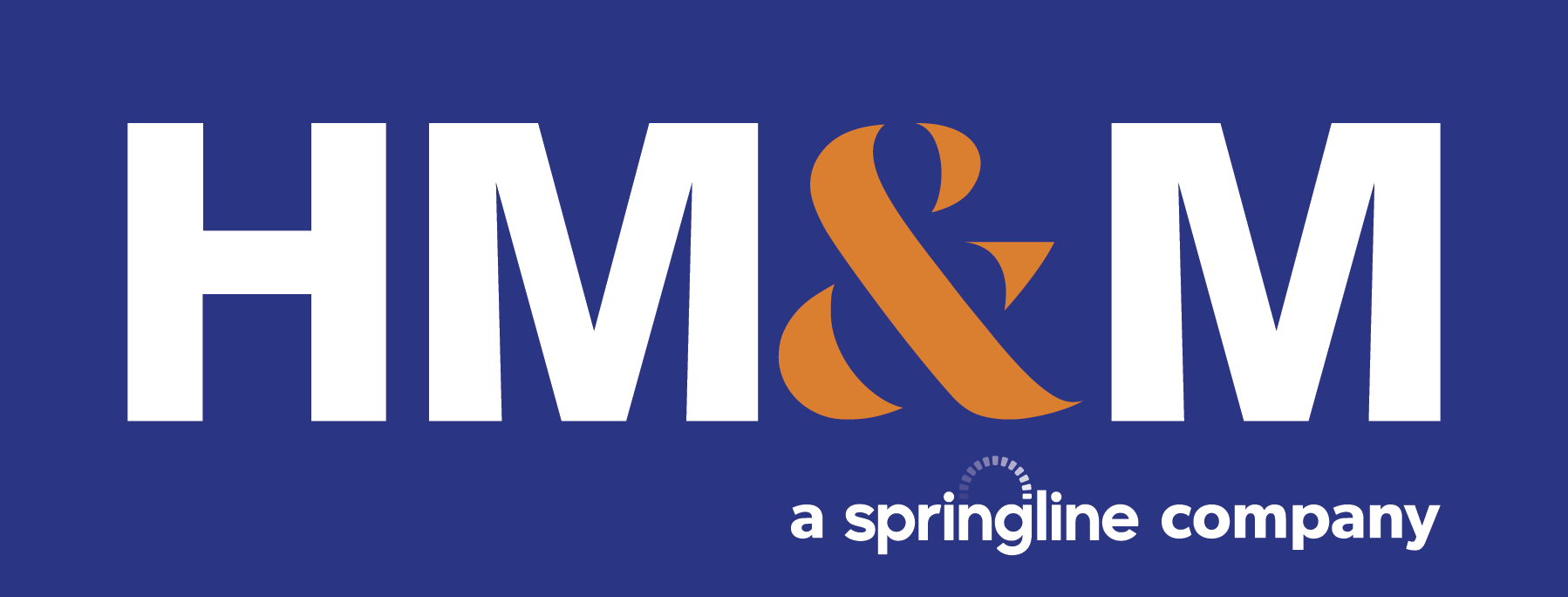The $1.9 trillion bill, H.R.1319, another round of U.S. Covid-19 stimulus funding, titled the American Rescue Plan Act of 2021 (ARPA), was signed into law by President Biden, today, March 11, 2021.
The ARPA includes funding for various industries hard hit by the pandemic, such as airlines, restaurants and bars, etc. It allocates $350 billion to assist state, local, tribal, and territory governments in responding to the coronavirus pandemic. It also includes $7.25 billion for the Paycheck Protection Program (PPP) and would allow more nonprofits to apply, including those groups that engage in advocacy and some limited lobbying. It also allows larger nonprofits to be eligible.
Highlights of the Individual tax provisions:
1. Third Recovery Rebate Credits (Economic Impact Payments):
The ARPA provides recovery rebate checks of $1,400 for an individual, $2,800 for joint filers, and $1,400 for each qualifying dependent.
The phase-out ranges are as follows:
Single: $75,000 – $80,000
Married Filing Joint: $150,000 – $160,000
Head of Household: $112,500 – $120,000
These payments would phase out more quickly than they did in the two previous rounds. It is believed that 12 million fewer adults will now qualify for the Stimulus Payment, compared to previous rounds.
For those who have filed their 2020 tax returns, the recovery rebate checks will be based on 2020 Adjusted Gross Income (AGI). If a taxpayer hasn’t filed their 2020 tax return, the IRS will use 2019 data. The payment will be reconciled on an individual’s 2021 income tax return.
2. Unemployment Benefits:
The ARPA provides $300 a week in unemployment benefits through September 6, 2021. It also makes the first $10,200 in unemployment benefits tax-free in 2020 for households making less than $150,000 per year (for both single and married taxpayers).
3. Tax Credits:
a. Child Tax Credit:
The Act makes the Child Tax Credit fully refundable for 2021 and increases the maximum amount from $2,000 to $3,000 per qualifying child ($3,600 for a child under age 6).
The increased credit would phase out at AGI of $150,000 for joint filers, $112,500 for head of household and $75,000 for all other taxpayers. (The AGI phase-out levels for the $2,000 previously available credit remains unchanged)
b. Earned Income Tax Credit:
For 2021, the Act would temporarily expand both eligibility for and the amount of the Earned Income Tax Credit (EITC). For 2021, it expands the EITC to taxpayers without qualifying children from approximately $500 to $1,500. It also would allow taxpayers to use their 2019 income for purposes of the credit instead of their 2021 income, which could help people who have lost income due to the pandemic, receive larger credit amounts for 2021.
c. Child and Dependent Care Credit:
The Act would temporarily expand the child and dependent care credit by making the credit refundable and making it larger for most workers. It increases the cap on qualifying expenses from $3,000 for one child and $6,000 for two or more to $8,000 and $16,000 respectively.
d. Premium Tax Credit:
It increases credits for individuals eligible for health insurance premium assistance under current law and provides credits for taxpayers with income below 400% of the federal poverty line. It liberalizes the rules for taxpayers receiving unemployment compensation anytime in 2021. Under the ARPA, no additional income tax is imposed for tax years beginning in 2020 where the advance credit payments exceed the taxpayer’s Premium Tax Credit (PTC).
4. Student Loan Forgiveness:
The ARPA excludes from gross income “qualifying” student loans for postsecondary education discharged for almost any reason, between December 31, 2020 and January 1, 2026. These amounts of discharged student loan debt will not be subject to taxation.
5. COBRA Premium Subsidy:
The Act includes provision for FREE COBRA (Consolidated Omnibus Budget Reconciliation Act) coverage for a six-month period from April 1, 2021 through September 30, 2021 for employees (and their family members) who experience a loss of group health coverage due to involuntary termination or reduced hours of employment. Employees who are eligible for and elect COBRA coverage, are not required to pay the otherwise applicable COBRA premium, during this six-month period.
Highlights of the Business tax provisions:
1. Employee Retention Credit:
The Act extends Employee Retention Credit (ERC) through Dec 31, 2021. After June 30, 2021, the ERC offsets the employer’s share of Medicare tax.
2. Credits for paid sick and family leave:
The Act extends tax credits for employer-provided paid sick and family leave, which were established by the Families First Coronavirus Response Act (FFCRA), through September 30, 2021, and increases the wages covered by the paid family leave credit to $12,000 per worker, from $10,000, between April 1, 2021, and September 30, 2021. Additionally, it resets the 10-day limit starting April 1, 2021 for employers claiming the credit for paid sick leave provided to their employees.
3. Targeted Economic Injury Disaster Loans advances and grants under the Restaurant Revitalization Fund:
Targeted Economic Injury Disaster Loans (EIDL) advances that are not repaid and grants under the Restaurant Revitalization Fund will be excluded from income, and deductions for associated expenses will be allowed. This is similar to prior legislation regarding PPP.
4. Employer-provided Dependent Care assistance:
ARPA increases the exclusion for employer-provided dependent care assistance from $5,000 to $10,500 (from $2,500 to $5,250 in the case of a separate return filed by a married individual) for 2021.
5. Excess Business Loss Limitation:
Under ARPA, Excess Business Loss Limitation will apply to tax years 2021 through 2026. Thus the sunset date for this provision was extended through December 31, 2026.
6. Executive Compensation Deductibility Limitations:
For tax years beginning after 2026, ARPA expands the executive compensation deduction ($1 million each for the highest paid executives at public companies). The limitation will now apply to the CEO, CFO and the next five highest-paid employees.
7. Pension Benefit Guaranty Corporation Fund:
It creates a fund for the Pension Benefit Guaranty Corporation (PBGC) to assist certain struggling multiemployer plans to cover benefits due through plan years ending in 2051.
If you have questions, please contact your HM&M advisor.
Contact Us
For more information check out HM&M’s COVID-19 Resources page.
HM&M COVID-19 ResourcesLatest Blog
Businesses can make many last-minute moves at the end of the year to lower their tax bills, but ...
To manage their finances and accurately file their taxes, most small business owners must choose between two accounting ...
Regularly review who’ll receive your assets. Do you know the meaning of the term “nonprobate assets?” These assets ...
HM&M Updates
DALLAS, Dec. 11, 2024 – Springline Advisory, a trailblazing financial and business advisory firm, is proud to announce its partnership ...
Last month, Senior Manager, Pearl Balsara was invited to speak at the 2023 FPA DFW Annual Conference in ...
We are pleased to announce the winners of the 2022 HM&M Excellence Awards. Ronna Beemer, Keith Phillips, and ...










